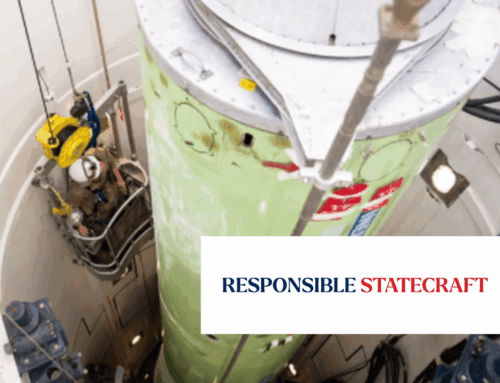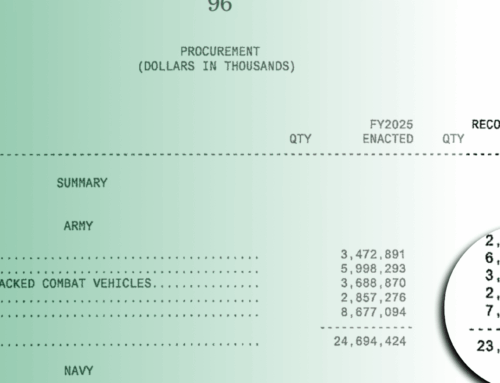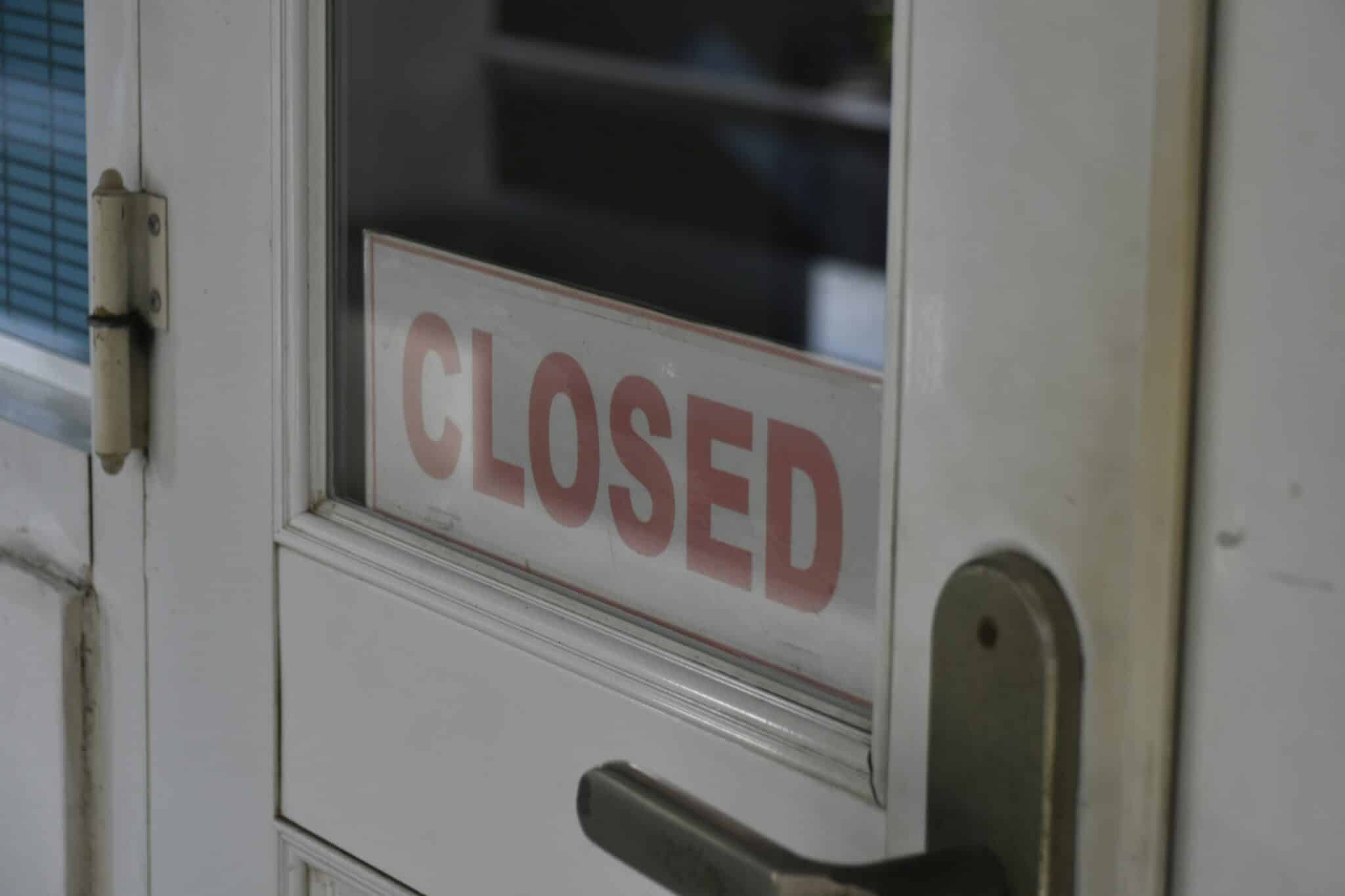In the latest iteration of "border security by blank check," the House Homeland Security Committee's reconciliation proposal would shower more than $65 billion on a border strategy that has consistently underdelivered and overspent. Despite two decades of evidence showing that rushed, contractor-driven border security efforts lead to waste and questionable results, this bill reads like déjà vu: more walls, more surveillance, more technology—with little oversight and even fewer safeguards for taxpayers.
A Familiar Formula: Spend First, Evaluate Later
At the core of the proposal is $46.5 billion for new barriers, detection systems, access roads, and related infrastructure. The bill doesn't just revive border wall spending—it supercharges it, with long-term funding commitments through 2029. There's also $5 billion to expand and modernize border checkpoints, and another $50 million to clear invasive vegetation—details that help brand this as an infrastructure plan, but don't disguise its primary aim.
We've seen this movie before. In 2006, Congress passed the Secure Fence Act, leading to more than $2 billion spent on hundreds of miles of fencing, much of it rushed, poorly planned, and expensive to maintain. At one point, the U.S. Army Corps of Engineers projected annual maintenance could run between $5 million and $8 million per mile. In total, U.S. Customs and Border Protection spent at least $2.3 billion deploying border fencing between FY2007 and FY2015, and projected maintenance costs exceed $1 billion over 20 years. Add the recurring repair bills and environmental waivers that can create costly legal and ecological liabilities, and the bill for taxpayers only grows.
Despite these massive costs, effectiveness remains unproven. The Government Accountability Office has noted that CBP still lacks metrics to assess how fencing contributes to border security. Meanwhile, new wall miles are increasingly located in remote, difficult-to-access areas, making construction and maintenance even more expensive. And physical barriers can't be built along major natural features like the Rio Grande, which spans more than 1,200 miles of the border.
Yet, the current legislation doesn't offer a credible plan for maintaining or evaluating the efficacy of new physical barriers. Nor does it offer evidence that these barriers are effective in meeting 21st-century migration and trafficking challenges—challenges that increasingly involve overstays, ports of entry, and organized criminal networks, not individuals scaling fences.
Border Tech and Biometrics: Rushing into Complexity
On top of the concrete, the bill pours in nearly $5 billion for surveillance and AI-driven inspection technologies. That includes $2.8 billion for towers, drones, and monitoring systems, $1 billion for narcotics screening equipment, and $673 million for expanding the biometric entry-exit system.
This all sounds futuristic—until you remember the billions lost on "virtual fence" projects like SBInet, America's Shield Initiative, and US-VISIT. These programs were plagued by failed software integrations, weather-vulnerable sensors, and massive cost overruns. One GAO report from 2008 warned that DHS was still investing in biometric systems "without first knowing that its decision will produce cost-effective and affordable results." A decade and several billion dollars later, many of those same systems were still incomplete or underperforming.
Congress should not repeat the mistake of appropriating massive sums for untested tech, particularly without firm metrics or pilot evaluations. Yet this bill lacks clear procurement standards, and explicitly funds technologies that, in some cases, have yet to be federally tested or certified.
Bonuses, Boats, and Border Buzzwords
The bill also includes over $4 billion for CBP hiring and bonuses, $813 million for new patrol vehicles, and $1.2 billion for upgraded air and marine response platforms. There's another $600 million for recruitment campaigns and job fairs. These aren't inherently wasteful expenditures—but appropriating this much, this quickly, in a reconciliation bill, short-circuits the usual vetting and review processes that ensure agencies have the capacity to deploy these resources effectively.
Historically, these types of large hiring and equipment surges are difficult to manage. Without clear planning and oversight, they become an opportunity for contractors to profit while agencies scramble to implement.
When Oversight Is an Afterthought
Most troubling is the lack of safeguards. The legislation moves huge amounts of taxpayer money with minimal accountability. There's no requirement for independent audits, cost-effectiveness evaluations, or long-term maintenance planning. Nor are there any sunset provisions or fiscal benchmarks.
As we outlined in our 2018 report on border security contracting, this kind of approach—accelerating government contracts to meet political demands, without proper oversight—has repeatedly led to massive waste. The failed SBInet "virtual fence" cost billions with little operational gain. US-VISIT was delayed for over a decade and still could not effectively track visa overstays. And even fencing authorized by the Secure Fence Act lacked basic metrics to measure its effectiveness.
Without planning, we're not securing the border—we're subsidizing another round of expensive experiments that enrich contractors and leave taxpayers holding the bag.
A Surge, a Strain—and a Political Flashpoint
Immigration became one of the defining—and most polarizing—issues of the Biden presidency, as the administration attempted to reverse Trump-era policies while facing record levels of migration and a Congress paralyzed on reform. From January 2021 to October 2024, U.S. authorities recorded 8.6 million migrant encounters at the Southwest border, including a monthly high of nearly 302,000 in December 2023. Though many were repeat crossers, the unprecedented scale overwhelmed federal systems and fueled perceptions of a border in crisis.
Amid growing backlash and calls for action, lawmakers introduced the Border Act—a bipartisan attempt to codify a more structured response by expanding enforcement tools while preserving limited humanitarian access. The Border Act stands in sharp contrast to the Homeland Security Committee's $65 billion blank-check proposal. Drafted in the Senate after months of negotiation, it offered a comprehensive response to both border pressures and long-standing dysfunction. It didn't pretend that enforcement alone could solve the problem. Instead, it paired targeted enforcement reforms with procedural fixes, humanitarian protections, and long-overdue investments in adjudication capacity.
Rather than doubling down on physical barriers and speculative tech contracts, the Border Act would have modernized asylum processing, invested in alternatives to detention, and increased frontline staffing through streamlined hiring authorities and pay reform. Crucially, it embedded oversight at every stage—mandating reporting, demographic data collection, hiring transparency, and decision timelines.
Conclusion: Taxpayers Deserve Better Than a Blank Check
The Homeland Security Committee's $65 billion border package is less a strategic investment than a recycled wish list of costly infrastructure, unproven surveillance systems, and contractor-driven spending with little accountability. While it's framed as a bold response to real challenges at the border, the proposal offers no clear plan to measure success, manage costs, or adapt to evolving threats. It risks repeating the very failures—wasteful walls, tech boondoggles, and opaque contracting—that have plagued border policy for two decades.
In contrast, the Border Act represented a more deliberate approach: balancing enforcement with efficiency, oversight, and humanitarian responsibility. Rather than rushing billions out the door, it recognized that a sustainable border strategy must be grounded in transparency, accountability, and measurable results. Lawmakers should reject this new blank-check approach and instead return to the hard, necessary work of crafting policy that secures the border without bankrupting the taxpayer.
- Photo by Levi Meir Clancy on Unsplash










